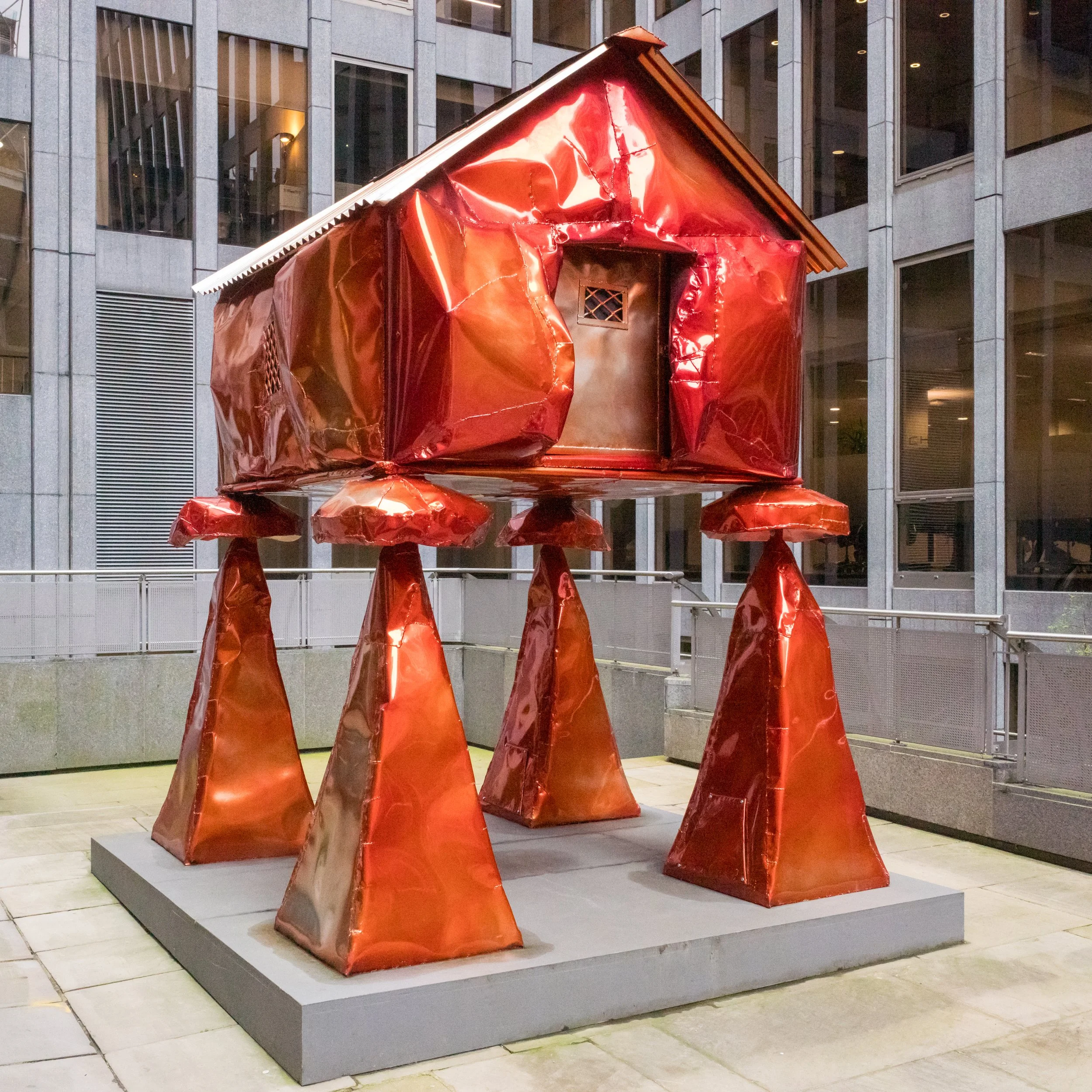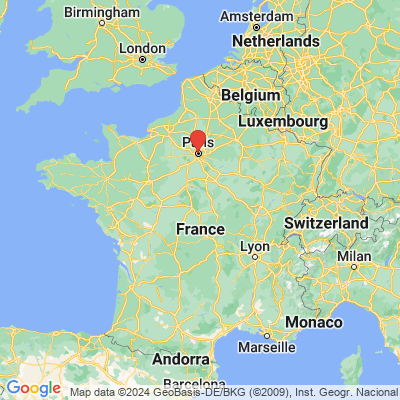In the heart of London, where the River Thames weaves its way through the bustling cityscape, stands an iconic symbol of Victorian engineering and architectural brilliance – the Tower Bridge. But the story of this majestic structure is more than just a tale of steel and stone; it's a narrative of ambition, innovation, and the spirit of a nation.
It was the late 19th century, a time when London was rapidly expanding, and its bustling streets were becoming choked with traffic. The need for a new bridge across the Thames, one that wouldn't impede the passage of ships, became apparent. The challenge was immense – how to construct a bridge that could accommodate both road and river traffic while maintaining the majestic skyline of the city.
In 1876, a competition was launched to design a bridge that would span the Thames near the Tower of London, hence its eventual name. Many architects and engineers submitted their proposals, but it was the design of Sir Horace Jones, the City Architect, in collaboration with John Wolfe Barry, that captured the imagination of Londoners and ultimately won the competition.
Construction began in 1886, and for eight years, thousands of workers toiled tirelessly to bring Sir Horace Jones' vision to life. The bridge's distinctive feature, its bascules, or drawbridges, were engineered to lift to allow tall ships to pass through, a marvel of Victorian engineering. The two massive towers that anchor the bridge were constructed using over 70,000 tons of concrete and clad in Cornish granite and Portland stone, lending the structure its iconic appearance.
Finally, on June 30, 1894, the Tower Bridge was officially opened by the Prince of Wales, marking a new chapter in London's history. It quickly became a symbol of the city's strength and ingenuity, admired by Londoners and visitors alike.
Over the years, the Tower Bridge has stood witness to countless historic events, from royal processions to the ravages of war. During World War II, its bascules were raised over a thousand times to allow ships to pass safely, earning it the nickname "London's wartime bridge."
Today, the Tower Bridge stands not only as a vital transportation artery connecting the north and south banks of the Thames but also as a beloved symbol of London's rich history and enduring resilience. Its iconic silhouette against the city skyline serves as a reminder of the ingenuity and determination of those who built it, a testament to the enduring spirit of London.













































